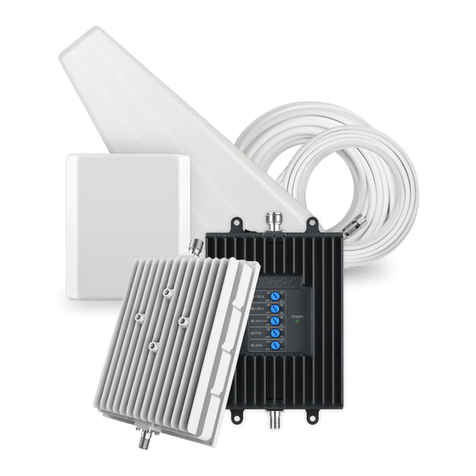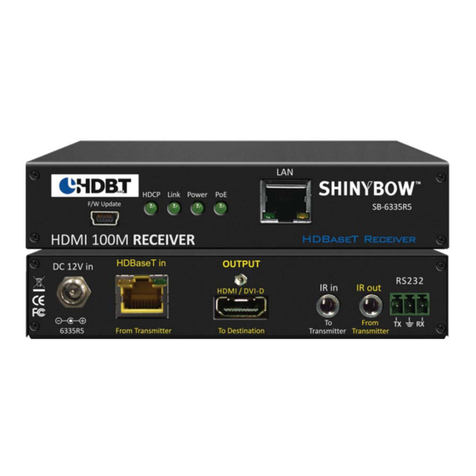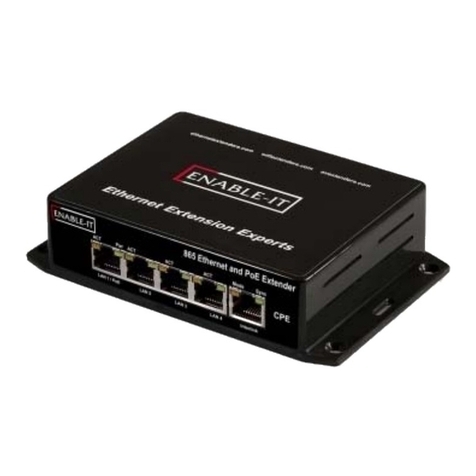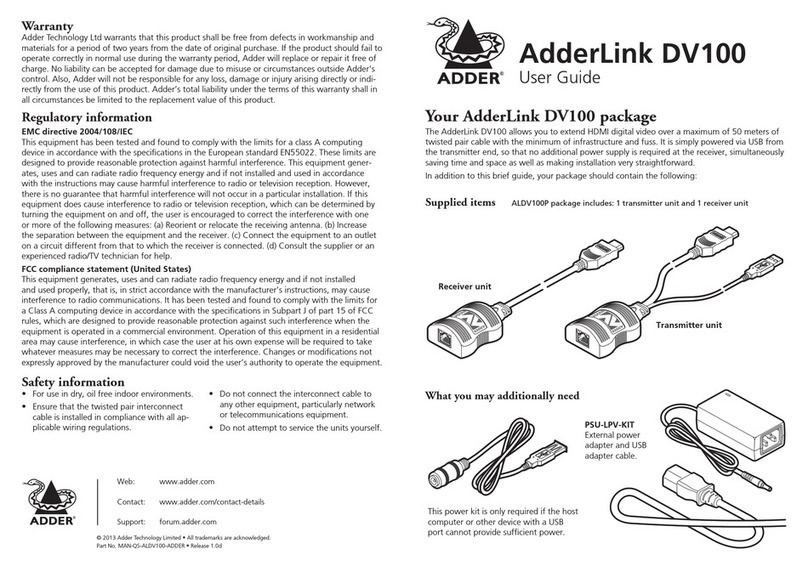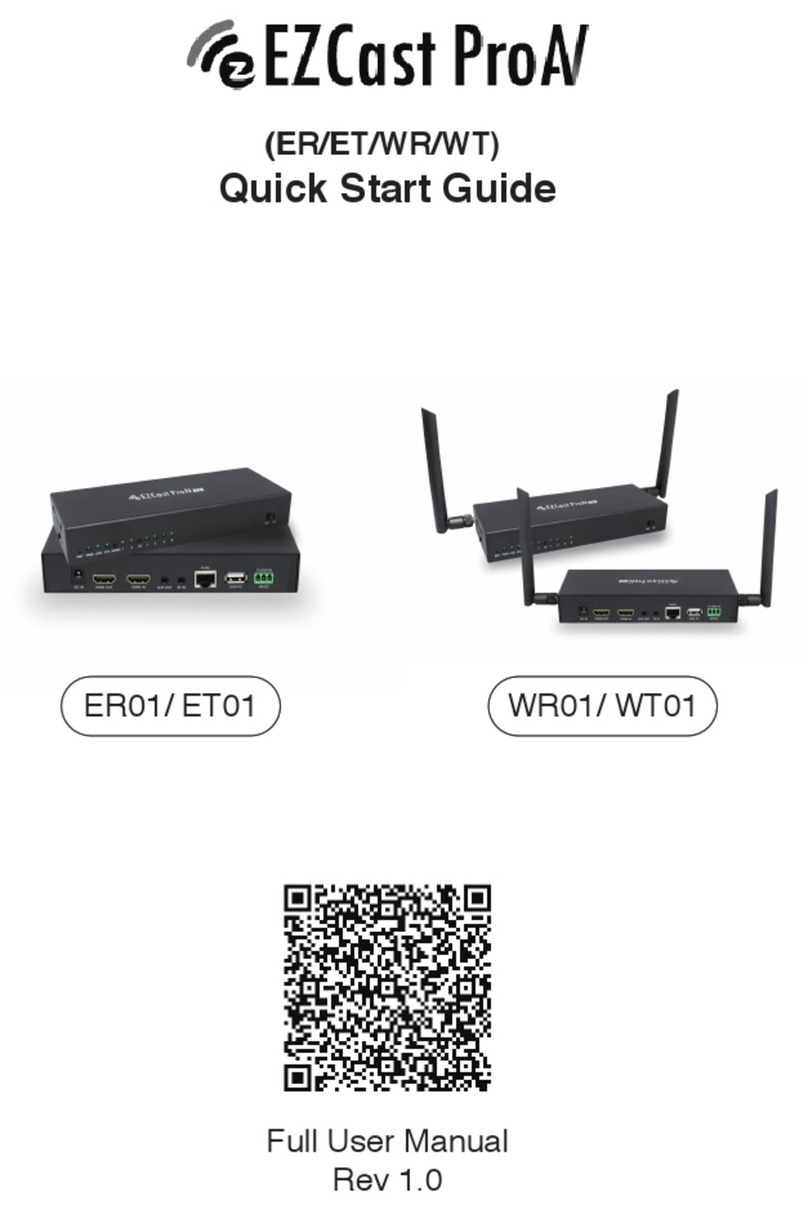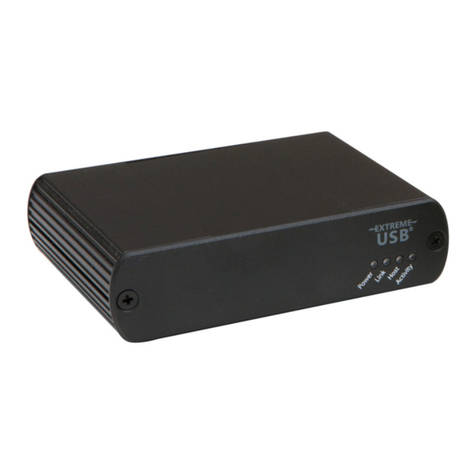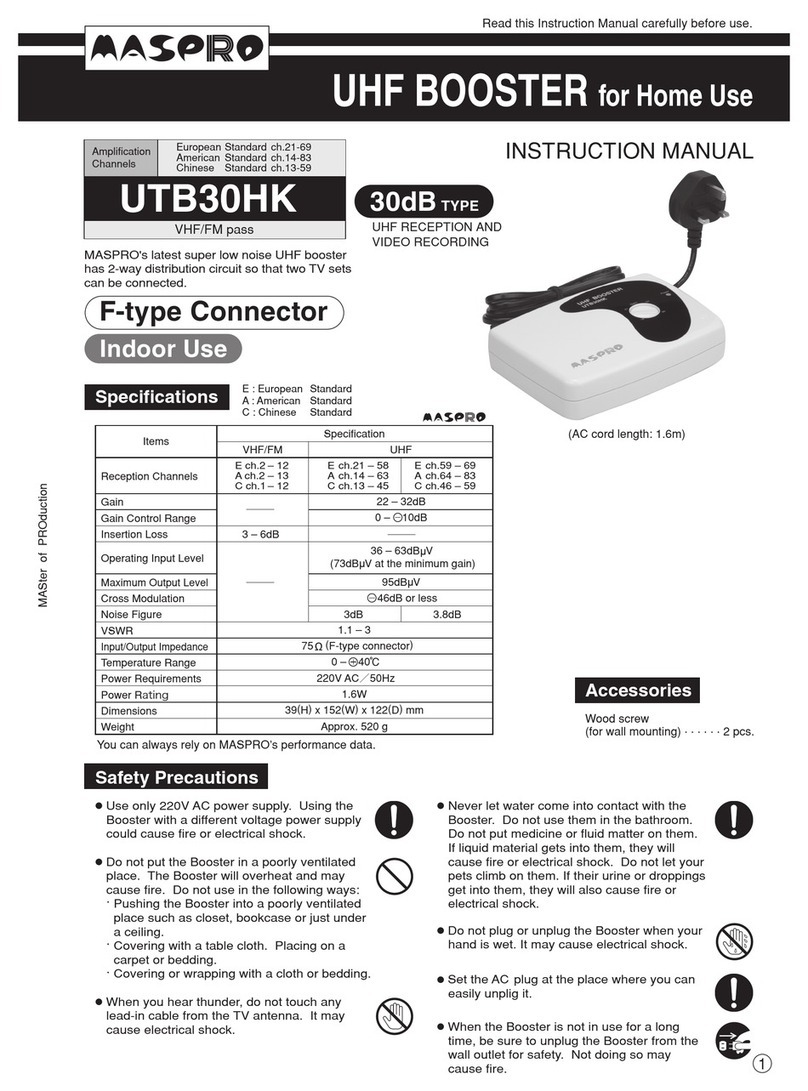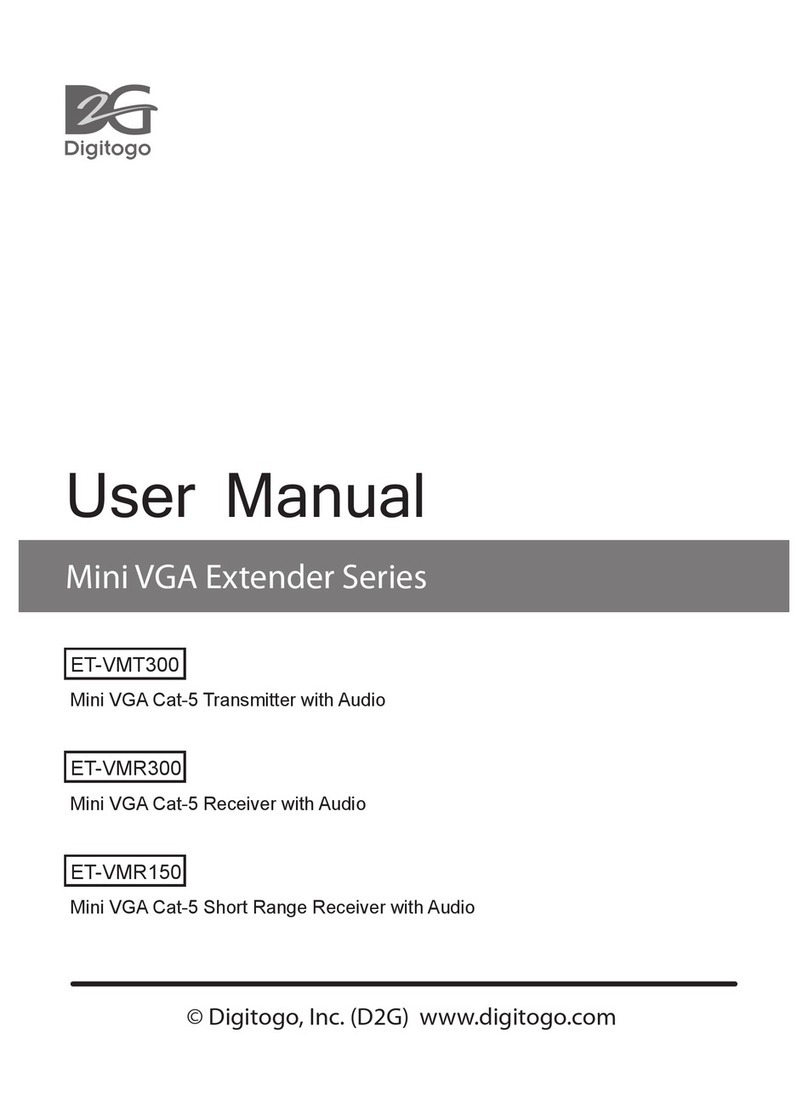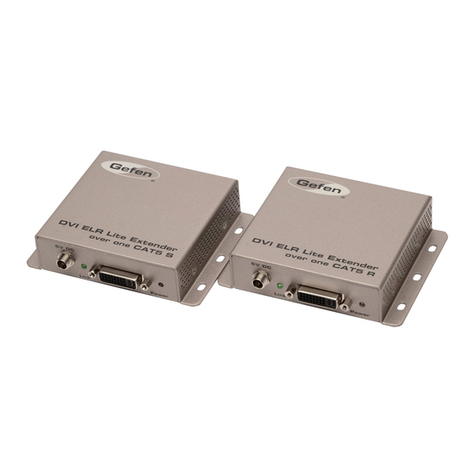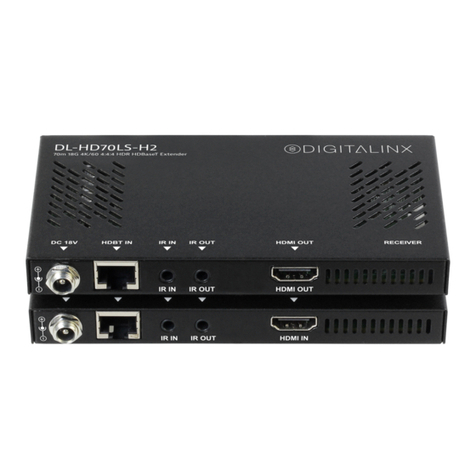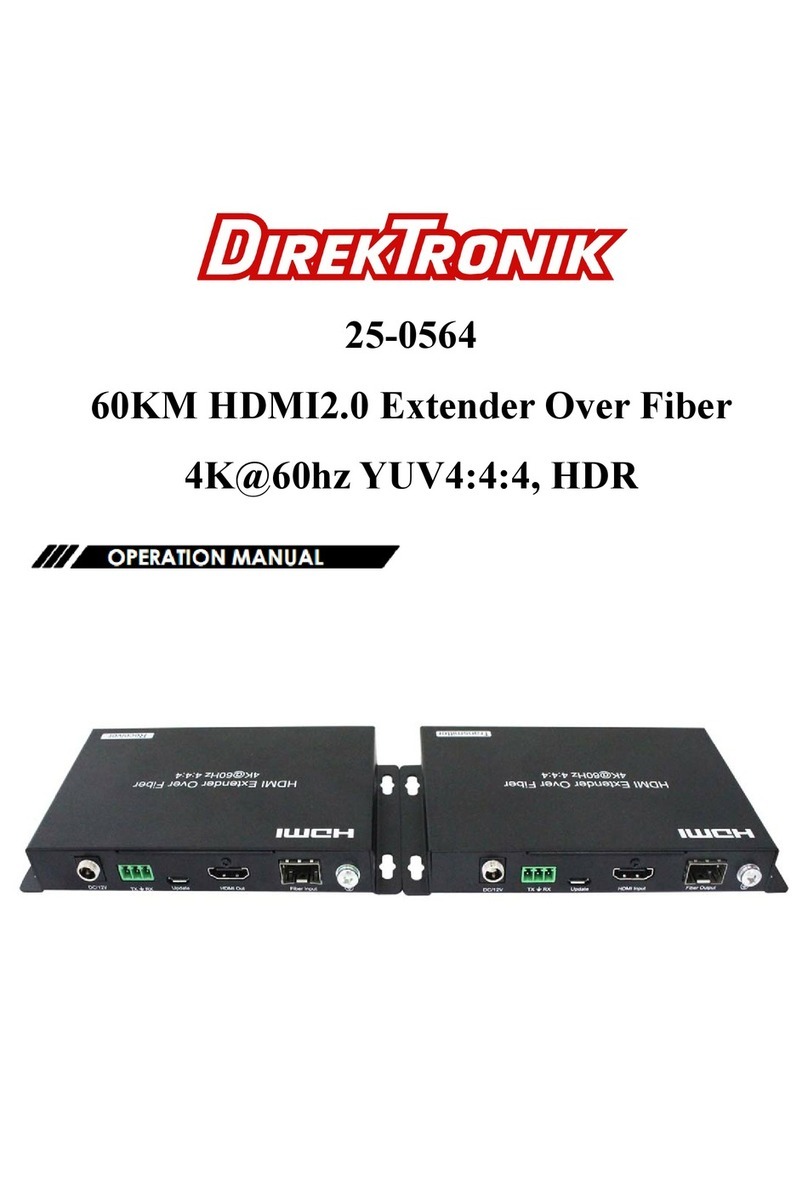HardWay RangeMaster III Series User manual

Series III RangeMaster
Owner’s Manual
November 2016
1
Thank you for purchasing a HardWay RangeMaster. Here are some things you should
know: There will be a test later.
The HardWay RangeMaster is a very accurate reproduction of the original legendary
Dallas Rangemaster Treble Booster of around 1966. There was a total of 8 Series III
units built, numbered from SIII01 to SIII08. The serial number is written on the
bottom outside of the unit, and on the inside, near the terminal strip.
Not very many original Dallas Rangemasters were built (nobody knows how many)
and they were hard to find, even in the 1960s, even in England, where they were
made. Moving ahead to the 21st century, I saw one on eBay the other day, listed for
$5,000.
The Rangemaster was a very simple circuit, centered around a Germanium transistor
(usually a Mullard OC44 or NTK 275 or a Mullard OC 71). The circuit consists of 1
transistor, 3 resistors, 4 capacitors, a potentiometer, a switch, and a battery.
The Welwyn preset pot was usually 10K or 20K. The boost knob was scratchy when
adjusted, due to the DC voltage present on the pot. This is the way the original was
designed; it is normal for this device.
With one exception, the Series III HardWay RangeMaster uses a CV7003 Germanium
OC44 transistor. The gain of the CV7003 used in this series ranged from 82 to 102.
(True gain, which is apparent gain minus leakage.)
The first Series III RangeMaster, number SIII01, was built around a Mullard OC44 with
true gain of 56. I used this Mullard OC44 because it had extremely low leakage and
sounds really nice, despite the somewhat low gain. The rest of the series were made
with CV7003s. The CV7003 was an OC44 made by Texas Instruments for the UK
military. As far as "tone" goes, I can't tell the difference between the TI and Mullard
OC44s; the TI OC44s are just higher gain.

Series III RangeMaster
Owner’s Manual
November 2016
2
Series III units all use the Welwyn preset potentiometer as the boost control, as
original. The pots are all 25K Ohms, which make them have a little more gain than
the original when turned all the way up.
The (3) resistors are carbon composition. Two of these resistors are used to bias the
transistor; their values will be different from unit to unit, because each transistor is
slightly different and is biased to the middle of its range. A schematic of the
RangeMaster is attached to the inside of the black cover; here you will find the gain
measurements of the OC44 used in the device and the values of the bias resistors for
that particular OC44.
Each OC44 in each RangeMaster is biased at a battery voltage of 8.2 VDC. This is
about mid-way between a new battery and a dead battery and ensures that you will
get optimum performance of your RangeMaster throughout the life of the 9V battery.
A 9V “wall wart” supply is not an option; this is a PNP device. Almost all "stomp
boxes" are NPN. They hate each other.
Germanium transistors are temperature sensitive. I bias the transistors at 70 degrees
F. In the summer, or under hot lights, the temperature rises, and the gain of the
transistor will rise. Just something to be aware of. (This is true of the FuzzFace,
another legendary vintage Germanium effect, and it has been said that Stevie Ray
Vaughn liked his FuzzFace to be hot, so he could take advantage of the extra gain.)
The OC44 is in a socket, so is removable in the event of failure or if you want to
change to a different transistor. For your information, the transistor should be
inserted into the socket with the Collector leg (usually marked with a dot or a notch)
on the left when looking at the face of the device. If you replace or change the
transistor you must check the bias.

Series III RangeMaster
Owner’s Manual
November 2016
3
CHECKING BIAS
1. Use a fresh battery, unplug both jacks, turn unit off, remove cover.
2. Set your DMM for DC Volts.
3. Attach the black (ground) lead to pin #1 (facing the front of the unit, the
terminal strip has 6 pins - numbered from left to right. The #6 pin is unused
and is cut off.)
4. Attach the red (positive) lead to pin #3 (the collector leg)
5. Turn on unit.
6. You would like to see between -6.5 and -7.2 Volts (Remember the OC44 is
PNP, so Positive ground)
7. If the measurement is out of range, either something is wrong, or you need to
change the bias resistor values to bring it into range. This may require fiddling.
OPERATION
The RangeMaster is not a "Stomp Box". It was meant to reside comfortably on the top
of your amp. The switch can be noisy when turned on (pop) and was not really meant
to be switched on while playing (you either played with it ON or OFF; no switching
during a solo).
The Boost control is sensitive, and as mentioned earlier, scratchy, so it, too, was
meant to be set at the "sweet spot" and then left alone. Some nice distortion, gain,
and harmonics are evident even at low Boost settings. Turning the Boost up just
makes it more aggressive. And louder.
The RangeMaster is not exactly delicate, but it does not appreciate rough handling,
and dropping it or throwing it around can have negative outcomes. Warning.
Unplug your RangeMaster and turn it off when you are done playing with it. If you
don't, you will drain the battery, and then you will have to undo the 4 screws holding
on the cover and replace the battery. this is a pain, so you will learn to turn it off when
you are not using it. The 9V battery lasts a very long time if you keep it turned off
when not in use.

Series III RangeMaster
Owner’s Manual
November 2016
4
The RangeMaster should be the only device between your guitar and your amp.
Because it is a PNP device, and because of circuit peculiarities, it doesn't do well
when connected to other boxes. You won't hurt anything if you try it with multiple
devices, but you won't like it.
The RangeMaster likes tube amps. It is not so fond of solid-state amps, and you won't
get the best performance out of the unit when plugged into a solid-state amp.
I hope you have many years of enjoyment with your RangeMaster.
If you have a question or comment, you can always reach me through contact info at
.
Thanks again, and
Best Regards,
Don
This RangeMaster Series III is guaranteed to be free from manufacturing defects for a period of 6-
months from the date of the original invoice. HardWay is not responsible for any unit that is abused,
modified from the original circuit, or used in an abnormal application.

Series III RangeMaster
Owner’s Manual
November 2016
5
SCHEMATICS
1966 Simplified RangeMaster Schematic
(Left) The 3K9 resistor (Re) and the 68K
resistor (Rb) are adjusted in resistance until
the Germanium resistor is operating in the
middle of its range.
Cartoon
Pencil drawing of circuit.

Series III RangeMaster
Owner’s Manual
November 2016
6
PRODUCT PHOTOS
RangeMaster Gen. III
Note Welwyn-type isolated
potentiometer.

Series III RangeMaster
Owner’s Manual
November 2016
7
This manual suits for next models
1
Table of contents

